Grassy fields, often perceived as simple expanses of green, are intricate ecosystems that embody a unique beauty. These landscapes, characterized by their rolling hills and swaying grasses, evoke a sense of tranquility and connection to nature. The visual appeal of grassy fields lies not only in their vibrant hues but also in the way they interact with light and weather.
During the golden hours of dawn and dusk, the grasses shimmer like waves in the ocean, creating a mesmerizing spectacle that captivates the observer. The gentle rustle of grass in the wind adds an auditory dimension to this beauty, enhancing the overall sensory experience. Moreover, grassy fields serve as a canvas for the changing seasons, each bringing its own charm.
In spring, the fresh green shoots emerge, symbolizing renewal and growth. Summer transforms these fields into lush carpets, inviting picnics and outdoor activities. As autumn approaches, the grasses take on warm tones of gold and amber, while winter blankets them in a serene layer of snow.
This cyclical transformation not only showcases nature’s artistry but also highlights the resilience of these ecosystems. The beauty of grassy fields is thus multifaceted, encompassing visual splendor, seasonal changes, and a deep-rooted connection to the natural world.
Key Takeaways
- Grassy fields offer a natural and serene beauty that can be appreciated and enjoyed by all.
- Cultivating a diverse ecosystem in grassy fields promotes a healthy and balanced environment for plants and wildlife.
- Harnessing the power of native plants in grassy fields helps to support local biodiversity and conservation efforts.
- Embracing the wildlife that inhabits grassy fields adds to the natural charm and vitality of the landscape.
- Enhancing the aesthetics of grassy fields with wildflowers brings vibrant colors and a sense of whimsy to the environment.
Cultivating a Diverse Ecosystem
Plant Diversity and Ecological Resilience
By incorporating a variety of grasses, wildflowers, and legumes, landowners can create a thriving habitat that supports numerous organisms. Native grasses such as big bluestem and switchgrass not only provide essential cover for wildlife but also improve soil health through their deep root systems.
Fostering a Range of Animal Species
In addition to plant diversity, fostering a range of animal species is crucial for maintaining ecological balance. Grassy fields can serve as habitats for various insects, birds, and small mammals. Pollinators like bees and butterflies thrive in these environments, playing a vital role in plant reproduction.
Benefits of a Diverse Ecosystem
The presence of diverse fauna contributes to natural pest control and nutrient cycling within the ecosystem. By promoting a diverse ecosystem in grassy fields, landowners can create a self-sustaining environment that benefits both flora and fauna while enhancing the overall health of the landscape.
Harnessing the Power of Native Plants
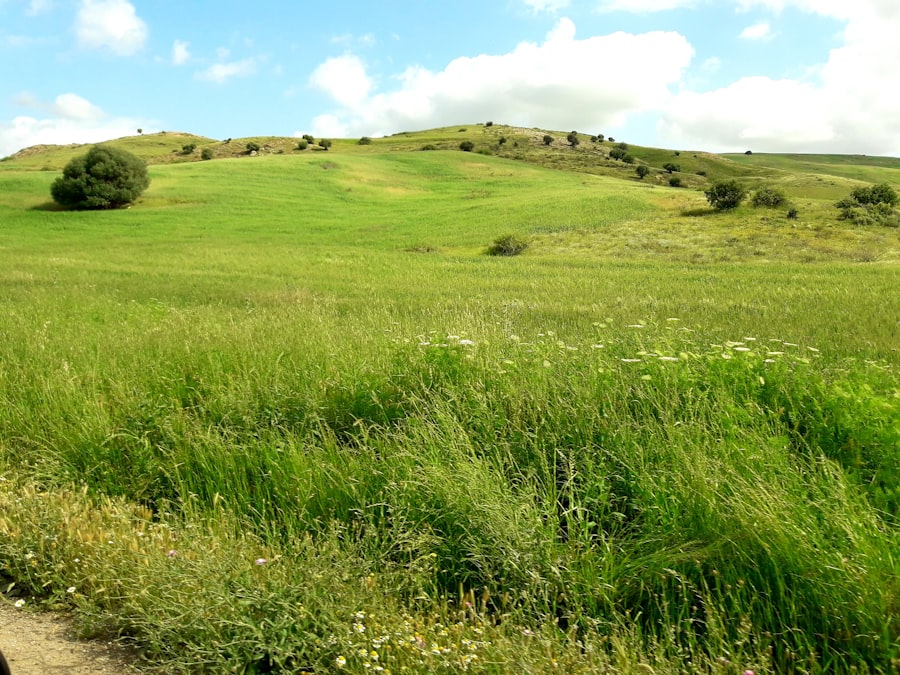
Native plants are integral to the health and sustainability of grassy fields. These species have evolved over millennia to adapt to local climates and soil conditions, making them more resilient than non-native varieties. By harnessing the power of native plants, landowners can create landscapes that require less maintenance and resources.
For example, native wildflowers such as coneflowers and black-eyed Susans not only add vibrant colors to grassy fields but also attract pollinators and other beneficial insects. Furthermore, native plants play a crucial role in soil conservation. Their extensive root systems help prevent erosion by stabilizing the soil and improving its structure.
This is particularly important in areas prone to heavy rainfall or wind erosion. Additionally, native plants contribute to water conservation by reducing runoff and promoting groundwater recharge. By prioritizing native species in grassy field management, landowners can cultivate resilient ecosystems that thrive with minimal intervention while supporting local wildlife.
Embracing the Wildlife
| Wildlife Activity | Number of Participants | Duration (hours) |
|---|---|---|
| Bird Watching | 25 | 2 |
| Nature Walk | 30 | 3 |
| Wildlife Photography | 20 | 4 |
Grassy fields are not merely passive landscapes; they are dynamic habitats teeming with wildlife. Embracing this aspect of grassy fields involves recognizing their role as sanctuaries for various species. Birds such as meadowlarks and sparrows find refuge in the tall grasses, while small mammals like rabbits and field mice thrive in the underbrush.
The presence of these animals contributes to the ecological balance by facilitating seed dispersal and controlling insect populations. Moreover, fostering an environment that supports wildlife can enhance the overall health of grassy fields. For instance, creating brush piles or leaving areas of tall grass can provide shelter for small mammals and nesting sites for birds.
Water sources such as ponds or small streams can further attract diverse wildlife, creating a vibrant ecosystem. By embracing wildlife in grassy field management practices, landowners can cultivate a rich tapestry of life that enhances both biodiversity and the aesthetic appeal of the landscape.
Enhancing the Aesthetics with Wildflowers
Wildflowers are nature’s artwork, adding splashes of color and texture to grassy fields. Their vibrant blooms not only enhance visual appeal but also play a significant role in supporting local ecosystems. By incorporating wildflowers into grassy landscapes, landowners can create stunning displays that change with the seasons.
For example, spring brings forth delicate blooms like violets and daisies, while summer showcases sunflowers and asters in full glory. The aesthetic benefits of wildflowers extend beyond mere beauty; they also attract pollinators essential for plant reproduction. Bees, butterflies, and hummingbirds are drawn to wildflower-rich environments, contributing to a healthy ecosystem.
Additionally, wildflowers can help improve soil health by attracting beneficial insects that aid in pest control. By strategically planting wildflowers within grassy fields, landowners can create visually striking landscapes that support biodiversity while providing essential resources for pollinators.
Maintaining a Healthy and Lush Landscape
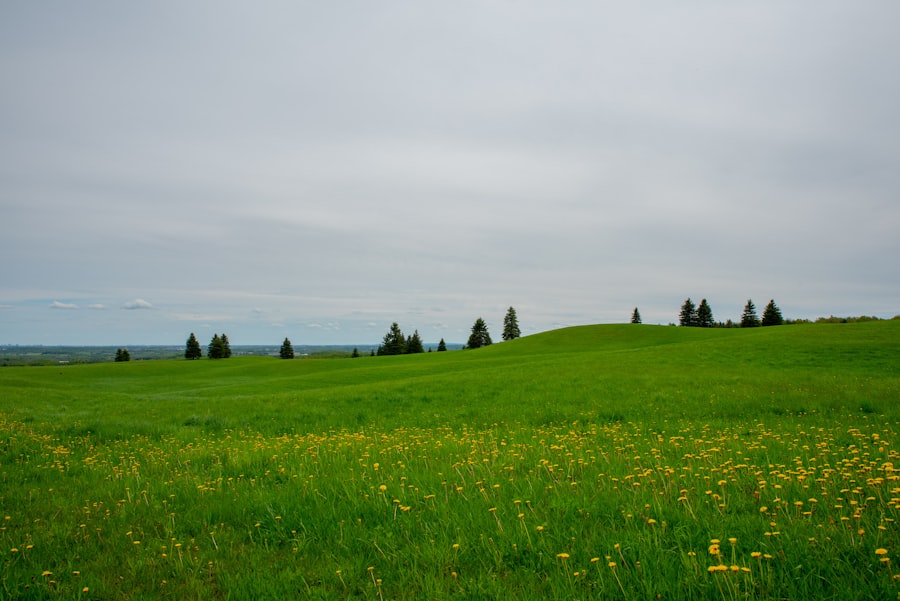
Strategic Mowing for Biodiversity
Regular mowing is one method used to control invasive species while promoting native growth. However, it is essential to adopt a mowing schedule that allows certain plants to flower and set seed before cutting them back. This practice not only supports biodiversity but also ensures that the field remains visually appealing throughout the growing season.
Soil Health: The Foundation of Lush Grass
In addition to mowing, soil health plays a critical role in maintaining lush grassy fields. Conducting soil tests can provide valuable insights into nutrient levels and pH balance, allowing landowners to make informed decisions about fertilization and amendments.
Sustainable Practices for a Thriving Landscape
Organic fertilizers derived from compost or natural sources can enhance soil fertility without introducing harmful chemicals into the environment. By prioritizing sustainable practices such as these, landowners can cultivate healthy grassy fields that thrive year after year.
Creating a Sustainable and Low-Maintenance Environment
Creating a sustainable and low-maintenance environment within grassy fields is achievable through strategic planning and implementation of eco-friendly practices. One effective approach is to establish zones within the field that require varying levels of maintenance. For instance, areas designated for native wildflowers may need less frequent mowing compared to sections intended for recreational use.
This zoning allows landowners to focus their efforts where they are most needed while promoting biodiversity across the entire landscape. Additionally, implementing practices such as rain gardens or bioswales can enhance sustainability by managing stormwater runoff effectively. These features not only reduce erosion but also filter pollutants before they enter local waterways.
Incorporating mulch or ground cover plants can further suppress weeds while retaining moisture in the soil. By adopting these sustainable practices, landowners can create grassy fields that require minimal intervention while supporting ecological health.
Enjoying the Benefits of a Grassy Field
The benefits of cultivating grassy fields extend far beyond their aesthetic appeal; they encompass ecological health, recreational opportunities, and mental well-being. Grassy fields provide spaces for outdoor activities such as picnics, sports, and leisurely walks, fostering community engagement and connection with nature. These landscapes serve as vital green spaces within urban environments, offering residents an escape from the hustle and bustle of city life.
Moreover, spending time in grassy fields has been shown to have positive effects on mental health. Nature exposure reduces stress levels and promotes relaxation, contributing to overall well-being. The sights and sounds of grassy landscapes can evoke feelings of peace and tranquility, making them ideal settings for mindfulness practices or simply unwinding after a long day.
By enjoying the myriad benefits that grassy fields offer, individuals can cultivate a deeper appreciation for these vital ecosystems while contributing to their preservation for future generations.
If you are interested in exploring the concept of reality and liberation, you may find the article Exploring Vedanta Philosophy: Understanding the Nature of Reality and Liberation to be insightful. This article delves into the teachings of Vedanta philosophy and how it relates to our understanding of the world around us. Additionally, if you want to further understand the nature and scope of philosophy as a whole, you may want to check out Understanding Philosophy: Definition, Nature, Scope, and Branches. These articles can provide valuable insights into the complex and fascinating world of philosophical thought.
FAQs
What is a grass field?
A grass field is an area of land covered primarily with grass and other non-woody plants.
What are the benefits of a grass field?
Grass fields provide habitat for wildlife, help prevent soil erosion, and can be used for recreational activities such as sports and picnicking.
How is a grass field maintained?
Grass fields are maintained through regular mowing, watering, fertilizing, and weed control.
What types of grass are commonly found in grass fields?
Common grass species found in grass fields include Kentucky bluegrass, fescue, ryegrass, and Bermuda grass.
What are some common uses of grass fields?
Grass fields are commonly used for agriculture, grazing livestock, sports fields, parks, and open green spaces in urban areas.
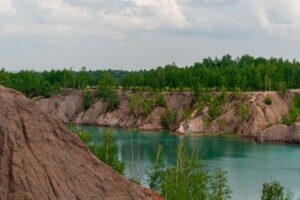









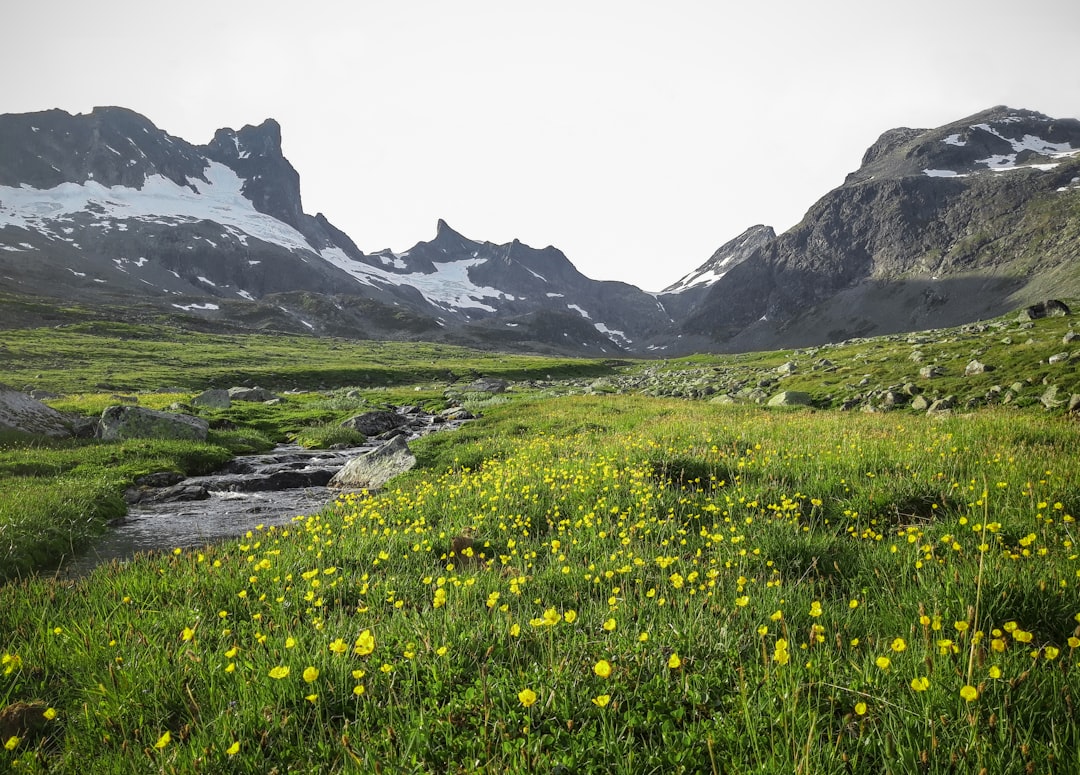
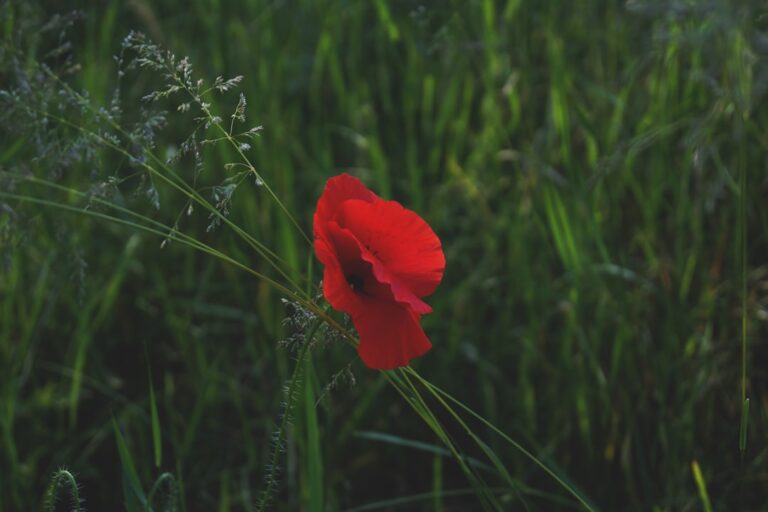

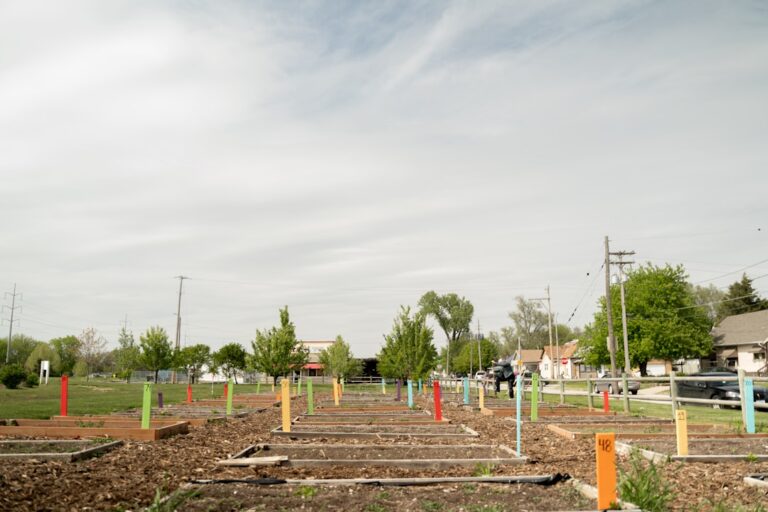










+ There are no comments
Add yours